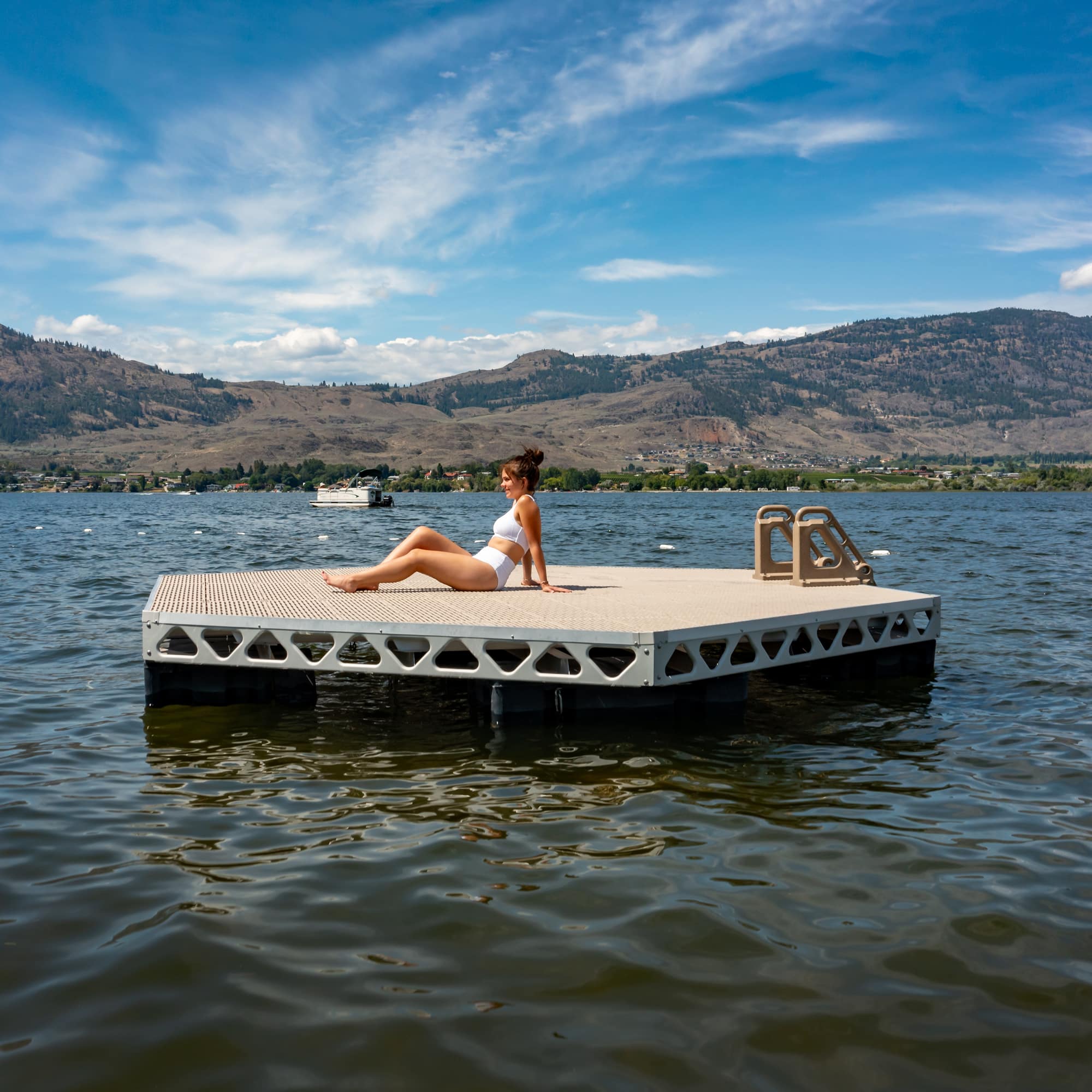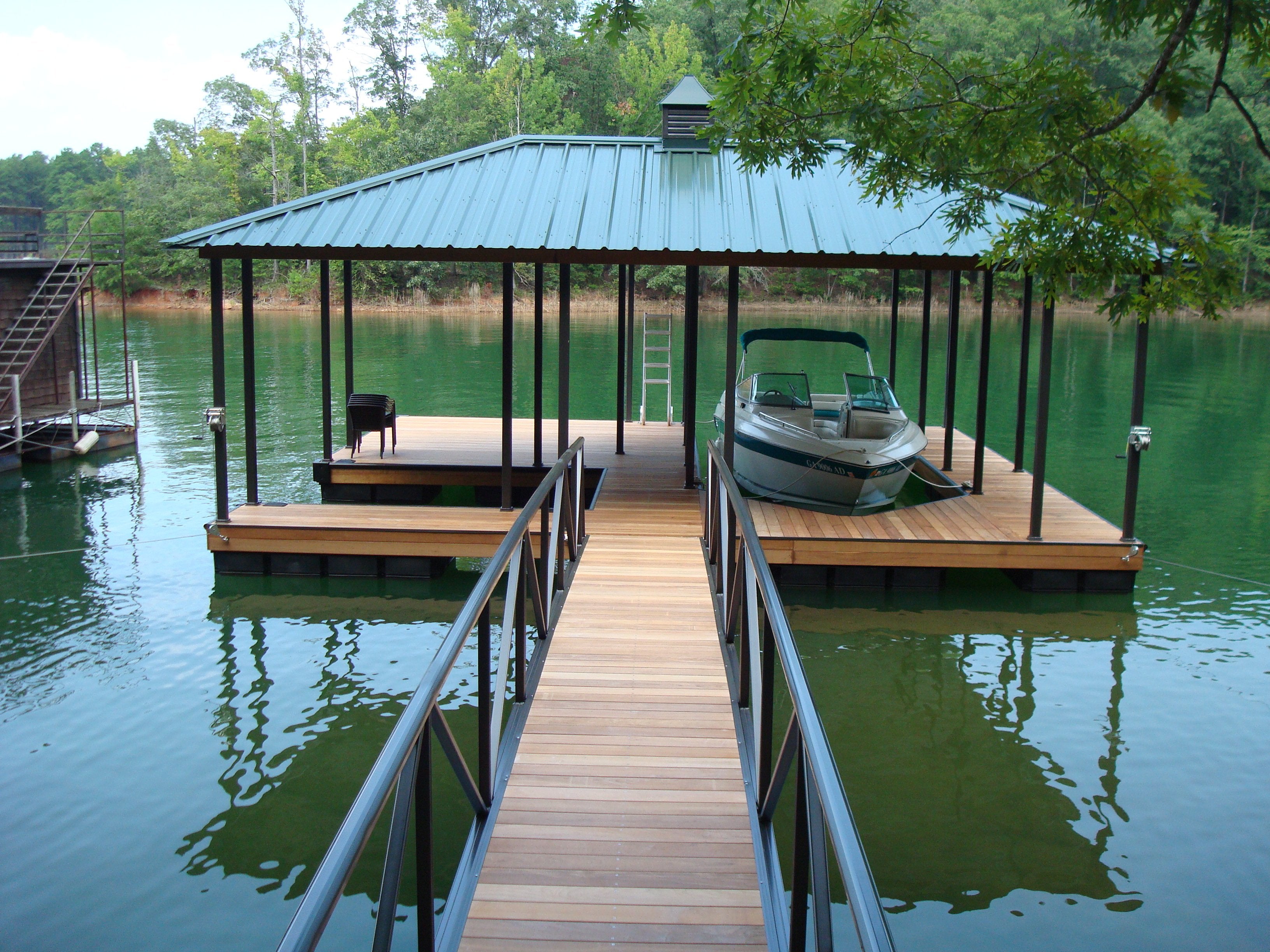Cutting-edge Floating Docks: The Future of Beachfront Gain Access To and Recreation
Cutting-edge Floating Docks: The Future of Beachfront Gain Access To and Recreation
Blog Article
Produce the Perfect Docking Service With Floating Docks
Floating docks present a functional solution for a range of maritime needs, adjusting perfectly to rising and fall water degrees and diverse vessel kinds. Their modular nature permits fast installment and moving, yet the selection of appropriate products and style functions is vital for making certain both capability and visual allure. As we check out the essential elements that add to the performance of floating docks, numerous crucial aspects relating to security and maintenance will emerge, elevating inquiries concerning how to optimize your docking experience. The succeeding conversation will certainly brighten these crucial factors to consider.

Advantages of Floating Docks
Floating docks deal many benefits that make them an excellent option for numerous maritime applications. Unlike repaired docks, floating docks surge and loss with the tide, making sure constant ease of access for vessels.
In addition, floating docks are normally less complicated and quicker to set up contrasted to conventional set structures. Their modular style enables simple setting up and disassembly, facilitating upkeep and relocation when needed. This flexibility is particularly advantageous for short-lived applications or in atmospheres where problems might transform.
Floating docks likewise have a tendency to be much more eco-friendly, as they lessen disruption to the seabed and surrounding water ecosystems. Their resilient nature lowers the risk of damages to aquatic life, promoting a healthier environment. These docks can be tailored to fit numerous vessel dimensions, making certain that they fulfill particular functional demands.
Eventually, the mix of flexibility, ease of installation, and ecological considerations makes floating docks an extremely efficient remedy for a variety of maritime demands.
Choosing the Right Products
Selecting the ideal materials for floating docks is crucial to make certain longevity, security, and durability. The choice of products directly impacts the dock's performance in different environmental conditions, consisting of direct exposure to water, sunlight, and potential wear from marine website traffic.
Common products made use of for floating docks include light weight aluminum, timber, and high-density polyethylene (HDPE) Aluminum is lightweight, corrosion-resistant, and requires very little upkeep, making it an excellent selection for durability. Its first price can be greater compared to various other products.
Wood, while visually attractive and providing a standard appearance, can be vulnerable to rot and bug damages otherwise effectively dealt with. Making use of pressure-treated timber or naturally long lasting species like cedar or redwood can alleviate these concerns.
HDPE is a popular choice due to its resistance to UV rays and chemicals, in addition to being environmentally friendly. dock company. It is offered and lightweight in different colors, enabling for customization
Ultimately, the appropriate product selection will certainly rely on certain demands, including budget plan, preferred appearances, and ecological considerations. Careful analysis of these elements will cause a successful and resistant floating dock solution.
Layout Factors To Consider for Stability
When making floating docks, making certain stability is an essential aspect that can dramatically affect their performance and safety. Security in floating dock layout is influenced by numerous factors, including buoyancy, weight distribution, and the plan of elements. An optimum buoyancy system must utilize products that supply adequate lift while lessening weight. This equilibrium makes sure that the dock stays above water, also under differing lots.
Weight distribution is important; evenly dispersing loads throughout the dock stops turning and enhances stability. This can be achieved with strategic placement of docking tools, such as fenders and cleats, along with correct spacing of drifts. Additionally, the dimensions of the dock need to be attentively prepared. Larger designs can offer increased stability, especially in rough water problems, while longer docks may call for extra supports to prevent drooping.
Another key consideration is the ecological influence, including wave action and wind. Incorporating attributes such as sidewalls or skirting can help reduce the results of environmental pressures, maintaining stability in damaging conditions. Inevitably, a mix of thoughtful style, product option, and understanding of ecological elements will certainly produce a drifting dock that satisfies both stability and safety needs.
Setup Tips and Strategies

Next, secure the necessary permits and stick to neighborhood regulations, which may dictate installation approaches and environmental factors to consider. Engage a qualified professional experienced in floating dock setups if needed. Usage premium products created for aquatic settings to enhance toughness and longevity.
When placing the dock, straighten it parallel to the coastline to assist in easy access. Make certain that the anchoring system is durable, utilizing concrete blocks or helical supports to support the dock against wind and wave activity. It's crucial to account for seasonal water level variations, including prospective ice movement in chillier environments.
During the installation, verify the dock's floatation and security before settling the anchoring. Routinely check the setup for any type of signs of wear or damages. By adhering to these you could try this out techniques and ideas, you can accomplish a protected, functional, and cosmetically pleasing floating dock setup that satisfies your needs.
Upkeep and Care Guidelines
Caring and keeping for floating docks is critical to extending their life-span and ensuring risk-free use. Normal inspections need to be conducted to determine any kind of indicators of wear, damages, or look at this web-site aquatic development. Look for splits, loose fittings, or blemished areas on the dock's surface, as these concerns can jeopardize architectural stability.
Cleaning up is essential. Utilize a stress washing machine to get rid of algae, barnacles, and debris, which can build up with time. For persistent development, think about eco-friendly cleansing agents that won't harm marine life.
Furthermore, check the mooring lines and supports frequently to ensure they are secure and free from rust. Change any type of torn or harmed lines immediately to keep stability.
During severe weather condition, such as storms or freezing conditions, take preventive actions. Safeguard the dock with additional mooring lines and, if viable, remove any type of removable parts to stop damages.
Final Thought
In final thought, the implementation of floating docks offers a effective and flexible docking service appropriate for numerous maritime applications. Their adaptability to varying water degrees, combined with a modular design, permits easy modification and moving. Selecting suitable products boosts both resilience and aesthetic allure, while mindful factor to consider of stability ensures security and longevity. With appropriate installation and normal maintenance, floating docks can provide trusted and reliable docking experiences for a vast range of vessels.
As we discover the vital elements that add to the efficiency of floating docks, several vital variables relating to stability and maintenance will arise, increasing inquiries regarding how to optimize your docking experience. Unlike repaired docks, floating docks rise and autumn with the tide, guaranteeing constant ease of access for vessels.When developing floating docks, ensuring stability is a basic element that can considerably impact their performance and safety and security. Security in floating dock layout is affected by numerous factors, consisting of buoyancy, weight distribution, and the arrangement of components. Web Site Inevitably, a combination of thoughtful design, material choice, and understanding of ecological aspects will certainly produce a floating dock that meets both stability and safety needs.
Report this page